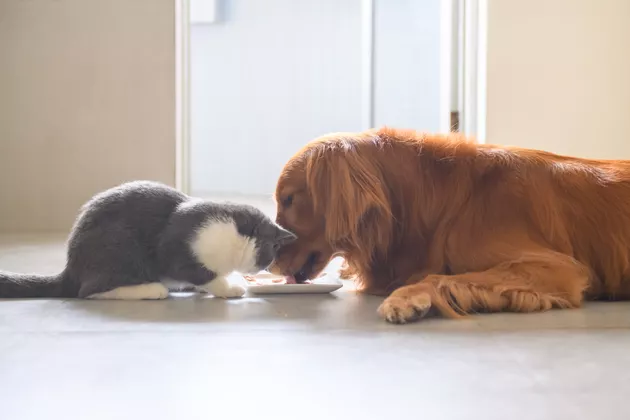Pets have unique nutritional requirements and preferences. They may have specific likes and dislikes when it comes to food.
It takes time to understand their preferences, but here are some feeding tips to prevent rejection. Lets talk about the dos and don’ts of feeding your pet.
The Dos
- Use stainless steel or ceramic bowls for pets, as they are easier to keep clean.
- Regularly wash the bowls to prevent bacterial growth.
- Provide clean and fresh water for your pets at all times.
- Teach your dog a trick, like sitting, before giving them food, as it reinforces positive behavior and can help calm them down during mealtime (not applicable to cats).
- Adjust your pet’s feeding amount based on their age, body condition, and activity level.
- Ensure their food meets their nutritional requirements.
- Feed pets separately to monitor any changes in eating habits.
- Allow your pet to eat undisturbed.
- Consider using a puzzle feeder if your pet eats too quickly.
- Establish a feeding schedule to help your pet get accustomed to a routine.
- Ensure everyone in the family follows the same rules.
The Don’ts
- Use plastic bowls as these can absorb bacteria
- Feed your pet any toxic foods
- Feed your dog foods that are high in salt, sugar and bad fats
- Feed your pet from the table or give them scraps from your plate
- Free feed your pet as this can lead to overweight pets
- Design a dietary plan for weight loss without speaking to your vet
- Exercise your pet too soon after eating as this could result in “bloat”
- Feed your pet before travelling as this could lead to travel sickness
- Change your dog’s diet abruptly, this will need to be done gradually
You are the best judge of what works for your cat or dog. These are just some dos and don’ts to promote good habits during feeding time.

